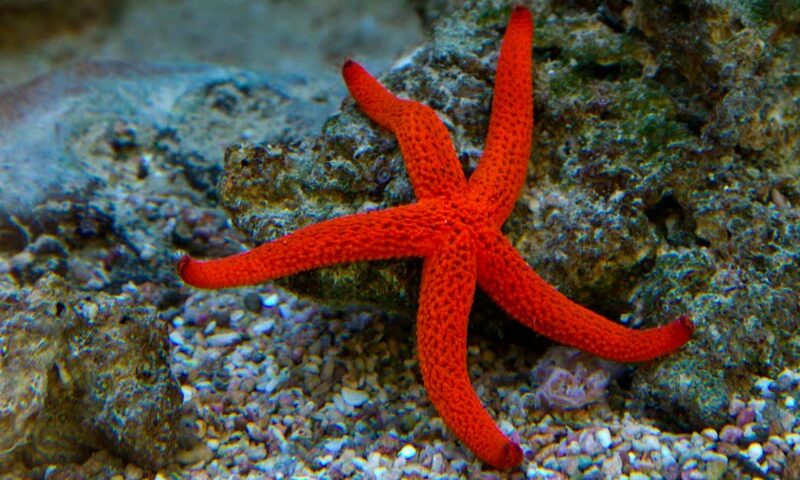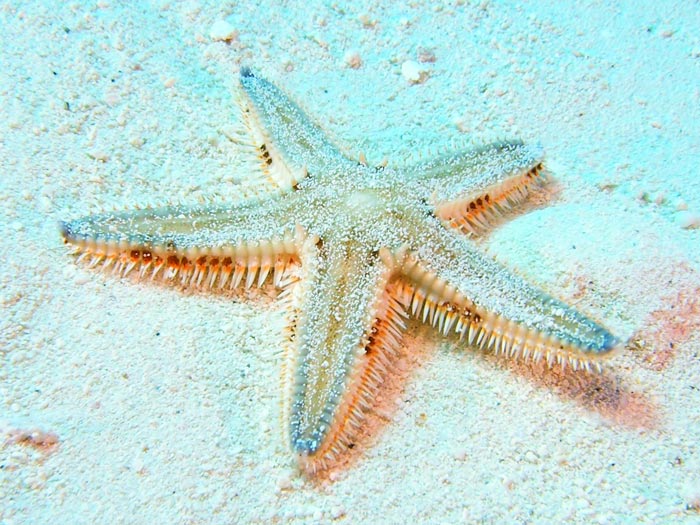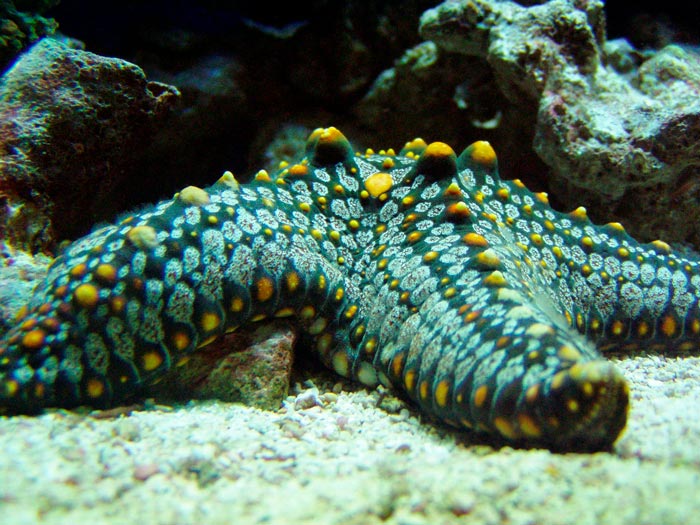Starfish defense is as simple as it is necessary. Yes, these animals have their own protection strategies. They are predators of small animals (mussels, oysters, and crabs), some even devour corals.
Evolution has also allowed them to develop strategies to defend themselves against predators. Spines that hurt reckless mouths, camouflaging abilities, repellent chemicals that keep away big fish, sharks, and manta rays are some of starfish defense strategies. But what is the starfish protection strategy to defend themselves from humans? How can we defend starfish from altered and hostile environments?
The aim of this article is ambitious. We know that knowing something is the first step to appreciating it and it is a fact that those things you love, you protect.
So first, we will look at some of the self-defense strategies of starfish and then, we will review how we can protect them. Are you in?
Starfish Defense: Natural Survival Strategies
The estimates say there are about 1,500-2,000 species of sea stars, and all are marine animals. None live in freshwater. The evolution of the different species has led to self-defense strategies appropriate to the ecosystem they inhabit and the predators that threaten them. But starfish do not have brains, so how do they know when to protect themselves?








